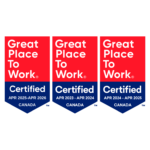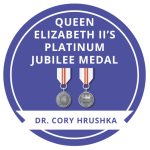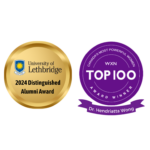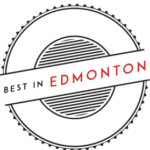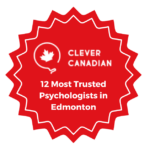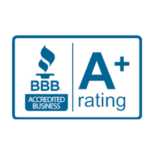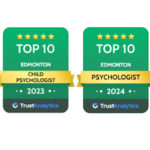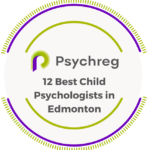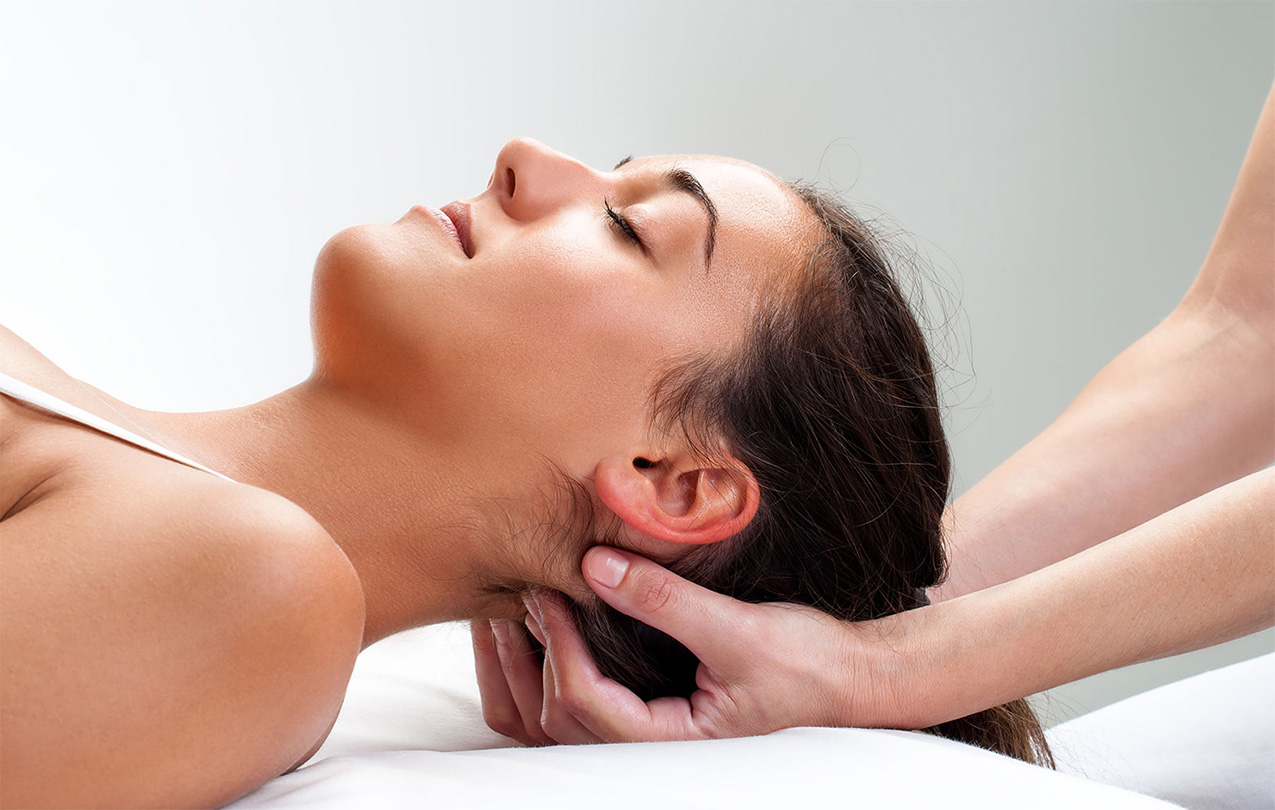
Craniosacral therapy (CST) is a gentle, non-invasive therapeutic technique that focuses on the manipulation of the craniosacral system — the membranes and fluid surrounding the brain and spinal cord. It can be used for both pregnant women and babies, offering several benefits. However, there are specific techniques and contraindications for each population, so it’s important to approach CST with care and consideration. Here’s a breakdown of the benefits, techniques, and contraindications for both pregnancy and babies:
Benefits of Craniosacral Therapy for Pregnancy:
- Relieves Stress and Promotes Relaxation: Pregnancy can be physically and emotionally taxing, and CST helps promote deep relaxation by reducing stress and anxiety.
- Improves Circulation: CST can improve blood and lymph circulation, helping to reduce swelling and enhance oxygen and nutrient delivery to both the mother and baby.
- Reduces Back and Pelvic Pain: By working with the craniosacral system, CST can help alleviate lower back and pelvic discomfort, which are common during pregnancy due to changes in posture and the weight of the growing baby.
- Supports Hormonal Balance: CST may help balance the nervous system, which can improve emotional stability and reduce mood swings often experienced during pregnancy.
- Helps with Insomnia: By promoting relaxation and reducing physical discomfort, CST can help improve sleep quality for pregnant women.
- Reduces Tension and Headaches: CST can help relieve tension headaches and migraines, which are common in pregnancy due to hormonal changes and muscle tension.
- Supports the Body’s Adaptation: As the body changes during pregnancy, CST can help facilitate better alignment and body adaptation, potentially reducing discomfort during the later stages of pregnancy.
Techniques of Craniosacral Therapy for Pregnancy:
- Gentle Touch: The therapist uses light, gentle touch (usually around 5 grams of pressure) to assess and manipulate the craniosacral system. This subtle touch is aimed at releasing blockages and restrictions in the body’s energy flow.
- Sacral Holds: The therapist may apply light pressure to specific areas, like the sacrum (the base of the spine) and the pelvis, to relieve tension and support alignment.
- Cranial Holds: Gentle pressure on the head or neck can help release tension in the cranial region and promote overall relaxation.
- Spinal Manipulation: Techniques that gently stretch and release tension along the spine can help alleviate discomfort caused by postural changes during pregnancy.
- Breathwork and Relaxation: CST often includes guidance on deep breathing exercises to promote relaxation and support the body’s natural healing processes.
Contraindications for Craniosacral Therapy During Pregnancy:
- Severe Pregnancy Complications: Conditions such as preeclampsia, gestational hypertension, or preterm labor should be considered contraindications for CST. Always consult with a healthcare provider before seeking CST in these cases.
- Placenta Previa: If the placenta is low-lying or covering the cervix, CST should be avoided or performed with caution under professional guidance.
- High-Risk Pregnancy: Women with high-risk pregnancies or a history of preterm labor should consult their doctor before receiving CST.
- Severe Swelling or Edema: Excessive swelling (especially if sudden or severe) could be a sign of a medical condition like preeclampsia. It’s important to check with a healthcare provider before considering CST.
- Infections: If a woman has any infection, especially of the skin, the therapist should avoid applying pressure to the affected areas.
Benefits of Craniosacral Therapy for Babies:
- Promotes Relaxation and Calms the Nervous System: CST can help babies relax, reducing excessive crying and promoting a calmer state, which can help parents manage issues like colic or sleep disturbances.
- Helps with Birth Trauma: Babies who experienced a difficult or traumatic birth may benefit from CST to relieve tension and discomfort resulting from pressure during delivery.
- Improves Sleep: CST can help babies who are struggling with sleep issues by calming the nervous system and promoting better rest.
- Reduces Tension in the Head and Neck: CST can be beneficial for babies who have tightness in the head, neck, or jaw area from birth, which may result in issues like feeding difficulties or restricted range of motion.
- Improves Digestion: By easing tension in the body, CST can help babies with digestion issues, such as gas or constipation.
- Supports Cranial Development: CST can help with the proper alignment of the bones in the skull and promote normal cranial growth and development, especially in babies with conditions like flat head syndrome (plagiocephaly).
- Helps with Motor Skills: By relaxing the body and reducing any restrictions in movement, CST may assist babies in developing their motor skills, such as rolling over, crawling, or sitting up.
Techniques of Craniosacral Therapy for Babies:
- Gentle Touch: For babies, CST uses extremely light touch — often no more than the weight of a nickel — to gently assess and release any blockages or tension.
- Cranial Holds: The therapist applies gentle pressure to the baby’s skull to encourage healthy cranial development and release any tension or misalignment.
- Neck and Spine Work: Gentle work along the baby’s spine and neck can release tension caused by the birth process, particularly if the baby experienced a forceful or assisted birth.
- Gentle Palpation: CST may involve feeling and gently manipulating specific points on the head, neck, and body to release tension or facilitate movement.
- Relaxation Techniques: CST often includes calming techniques that support a baby’s overall relaxation and stress relief, helping them sleep or feed more comfortably.
Contraindications for Craniosacral Therapy for Babies:
- Severe Birth Injuries: Babies with serious birth injuries or medical conditions like fractures, neurological disorders, or severe developmental delays should avoid CST until cleared by a healthcare provider.
- Infections or Illnesses: If a baby has an infection or fever, CST should be postponed until the baby is well.
- Severe Jaundice: Babies with severe jaundice should not undergo CST until their condition is properly addressed by a healthcare provider.
- Hydrocephalus: Babies with hydrocephalus (fluid buildup in the brain) should not undergo CST without specific approval from a doctor, as manipulation of the craniosacral system may not be advisable.
- Shunt or Medical Devices: Babies who have a shunt or other medical devices in place should not undergo CST unless authorized by their pediatrician or specialist.
General Recommendations:
- Consult Healthcare Providers: Before starting CST during pregnancy or for a baby, always consult with the relevant healthcare provider to ensure it is safe and appropriate for the individual.
- Certified Practitioners: Ensure that the therapist is properly trained and certified in craniosacral therapy, particularly for working with pregnant women and infants.
- Gentle Approach: CST is typically a gentle, non-invasive therapy, but if any discomfort or adverse reaction occurs, it’s important to stop the session and consult a professional
Benefits of Postnatal Craniosacral Therapy for Mothers:
- Promotes Relaxation and Reduces Stress: Postnatal life can be emotionally and physically demanding. CST helps the mother relax, reduce anxiety, and relieve tension, supporting emotional well-being during the postpartum period.
- Supports Physical Recovery: After childbirth, especially if there was a difficult delivery or a cesarean section, the body may experience tension, discomfort, or restricted movement. CST gently releases restrictions and supports physical recovery by improving the flow of craniosacral fluid.
- Improves Posture: Caring for a newborn often involves holding, feeding, and lifting the baby in ways that strain the neck, back, and shoulders. CST helps realign the body and improve posture, reducing pain and discomfort from poor body mechanics.
- Relieves Back and Pelvic Pain: Many new mothers experience back, hip, and pelvic pain postnatally, especially if they had a traumatic birth. CST can address these issues by gently manipulating the craniosacral system and helping to release tension in the spine, pelvis, and surrounding muscles.
- Promotes Healing from Cesarean Sections: CST can aid in the healing process after a cesarean section by addressing scar tissue, improving circulation around the incision site, and releasing tension in the abdomen and surrounding areas.
- Helps with Postpartum Depression: CST can help balance the nervous system, which may have a positive effect on mood. It can assist in reducing symptoms of postpartum depression and anxiety by promoting relaxation and easing mental stress.
- Encourages Deep Sleep: Postpartum sleep disturbances are common due to newborn care. CST can promote relaxation, reduce stress, and improve sleep quality by encouraging the body’s natural restorative processes.
Benefits of Postnatal Craniosacral Therapy for Babies:
- Relieves Birth Trauma: Babies may experience tension or misalignment during birth, especially if there were complications such as forceps or vacuum extraction. CST helps to relieve any birth-related trauma or tension, particularly in the head, neck, or spine.
- Improves Sleep: Babies may experience discomfort or difficulty sleeping after birth. CST can help soothe the nervous system, encouraging calmness and improving sleep patterns.
- Addresses Feeding Issues: Tension in the jaw or neck can affect a baby’s ability to latch during breastfeeding or bottle-feeding. CST can help release this tension and improve the baby’s feeding ability.
- Reduces Colic and Digestive Issues: CST can help with colic, reflux, or constipation by gently releasing tension in the abdomen and improving digestion. It also helps balance the nervous system, which can aid in alleviating discomfort.
- Relieves Fussy Behavior: Babies who are particularly fussy or have difficulty settling down may benefit from CST. It helps soothe the nervous system and release physical discomforts that contribute to irritability.
- Improves Cranial Development: CST can help with cranial development in babies, particularly in cases of flat head syndrome (plagiocephaly) or any issues with the shape of the skull that may have resulted from the birth process.
Techniques Used in Postnatal Craniosacral Therapy:
- Gentle Touch: CST is known for its light touch, often using only the weight of a nickel or about 5 grams of pressure. This allows the therapist to feel and assess the subtle rhythms of the craniosacral system and identify any areas of restriction or tension.
- Cranial Holds: The therapist uses gentle pressure on the skull to encourage the release of tension in the cranial bones and surrounding tissues. This can help with issues like misalignments caused during delivery.
- Spinal and Sacral Techniques: CST also involves working with the spine and sacrum (the triangular bone at the base of the spine). Gentle manipulation can help release tension and improve spinal alignment, which may be particularly helpful for new mothers or babies with restricted movement.
- Abdominal Techniques: For postpartum mothers, abdominal work can support the healing of the uterus, alleviate abdominal discomfort, and help tone the muscles after childbirth. For babies, gentle abdominal manipulation can help with digestion and colic.
- Neck and Jaw Work: For babies, CST may focus on gently releasing any restrictions in the neck and jaw area to improve feeding and overall comfort. For mothers, this can relieve tension in the upper body, especially in the neck, shoulders, and jaw from holding or breastfeeding.
- Lymphatic Drainage: CST includes techniques to encourage lymphatic flow, which helps reduce swelling and improve overall circulation, especially beneficial for both mothers and babies dealing with fluid retention after birth.
Contraindications for Postnatal Craniosacral Therapy:
While craniosacral therapy is generally safe and gentle, there are certain conditions when it should be approached with caution or avoided altogether:
- Severe Postpartum Complications:
- Severe Postpartum Bleeding: If a new mother is experiencing heavy bleeding after birth, craniosacral therapy should be avoided until the bleeding has resolved and the body has stabilized.
- Infections: If there is an active infection, particularly in the uterus, surgical site (such as a C-section incision), or any other part of the body, CST should be postponed.
- Blood Clots or Deep Vein Thrombosis (DVT): If a mother has been diagnosed with a blood clot or DVT, craniosacral therapy should be avoided to prevent any risk of dislodging the clot.
- Recent Surgery: If a mother has had recent surgery, such as a cesarean section or another invasive procedure, CST should only be performed after the doctor has cleared her for therapy, and the body has had enough time to heal.
- Hydrocephalus or Intracranial Pressure Issues: Babies with conditions like hydrocephalus (fluid buildup in the brain) or any concerns related to intracranial pressure should not undergo craniosacral therapy unless advised by a medical professional.
- Severe Jaundice in Babies: If a newborn has severe jaundice, craniosacral therapy should be avoided until the condition is addressed, as it may affect the baby’s ability to tolerate the therapy.
- Spinal Issues in Babies: If a baby has a serious spinal condition, such as a significant deformity or injury, craniosacral therapy should be avoided until the condition has been properly assessed and treated by a healthcare provider.
- Mental Health Issues: While CST can help reduce stress, it is not a substitute for professional mental health treatment. For mothers with severe postpartum depression or anxiety, CST should be seen as a complementary therapy and should not replace counseling or psychiatric treatment.
- Severe Skin Conditions: If a mother or baby has an active skin condition, such as an infection or rash, the therapist should avoid any areas of the body affected by these conditions.
General Recommendations:
- Consult Your Healthcare Provider: Before starting postnatal craniosacral therapy, it is essential to consult with a healthcare provider to ensure it is safe and appropriate, particularly if there are complications or concerns after childbirth.
- Certified Therapist: Ensure that the therapist is certified in craniosacral therapy and has experience working with postnatal women and babies to ensure the techniques are safe and effective.
- Gentle Approach: CST is a gentle, non-invasive therapy. If at any point during the session there is discomfort or if any adverse reactions occur, it’s important to stop the therapy and consult with a healthcare provider.
Postnatal craniosacral therapy can be a valuable treatment for pregnant women, new mothers and babies, supporting physical and emotional recovery, improving relaxation, and promoting overall well-being. When done safely and with professional guidance, it can be a beneficial complement to the postpartum healing process.
Get in Touch
Contact us today to book a session or learn more about how craniosacral therapy could benefit you. Call us at (780) 800-7108 or book online HERE.


